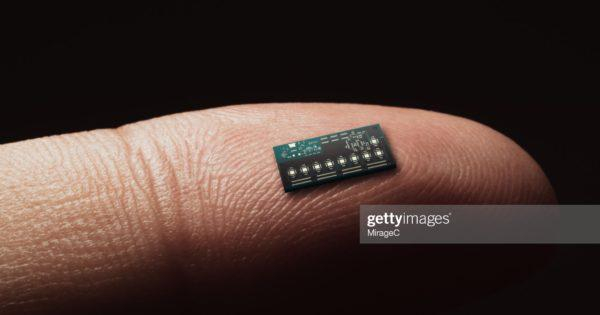
The great impact of nanotechnology in the health industry.
The discovery of nanotechnologies and biotechnologies is obviously something that will develop the health industry, but isn’t it too soon ?

NBIC, a great step in the health industry and the human enhancement.
NBIC, which means “nanotechnologies, biotechnologies, Information technologies and Cognitive science” have an important consequence in the field of transhumanism and human enhancement. These sectors stirred up the curiosity of huge companies, like Google, which invests a lot in the health research.
Laurent Alexandre, (a French NBIC specialist) predicts that “NBIC will cause a disruption of health industry, and they will bring revolutionary technologies, like neuro-enhancement.”
The nanotechnology refers to “the science, engineering, and technology conducted at the nanoscale, which is about 1 to 100 nanometers.” (nano.gov definition).
The biotechnology is “technology based on biology, harnesses cellular and biomolecular processes to develop technologies and products that help improve our lives and the health of our planet.” (bio.org definition).
The cognitive science refers to the study of thinking and intelligence processes, psychology, linguistic and philosophy.
Tissues repairment by nanochips.
In addition to an enhancement by prosthesis that we already know nowadays, nanotechnologies have brought with them a lot of innovations. That is how Ohio University discovered a nanochip device to enable healing of human tissues, only by being in contact with it. It is the tissue-nano transfection.
This method consists of dropping a device on the skin, which creates an electric field to give specific genes in the below tissue under the skin. These genes create new cells which can be used near the nanochip, or even elsewhere in the body. In other words, this device could be really helpful for the creation of new repairing cells for some injuries.
Today, this tissue nano transfection method was used only on animals. For example, it was used on a mouse with the goal to help it to recover after a stroke. The process takes less than one second, for a 98% efficacy. The recovery can be total after one week, as it was in the mouse’s experimentation. This device can do recoveries way faster than our methods used today, but it has yet to be tested on human bodies.
Sense restoration.
Brain Machine Interface (BMI) is a process which enables people to move connected things, like prosthesis, based on brain signals, for example, Neuralink by Elon Musk. In the future, controlling our prosthesis only by our mind will be possible thanks to this device. But if the brain signals can run from the brain to the machine, then the opposite is possible as well. The BMI can restore senses, for example, the touch, with a print skin on a prosthesis to receive information and give them to the brain.
The society “Smart Arm” developed prosthesis with an artificial skin on them, which is supposed to recognize structures of objects, and by this method, restore the sense of touch with an algorithm. Finally, the person has the sensation to hold a specific object.
The sense of the view will be enhanced or restored as well, with a system which is tested nowadays to help visually impaired to see normally again. “Pixium Vision”, a French society developed the Prima system which consists of “3 devices, a retinal chip, a pair of glasses with a camera, and a pocket processor” (according to pixium-vision.com). By launching the processor, the camera takes a view of the scene, and gives the information to the processor. This device transforms the information to electric signals thanks to Artificial Intelligence, and sends it back to the glasses. Finally, the glasses give this signal to the retinal chip by infra-red light and the chip transfers the signal to the brain. At the end, the brain receives the information of the image and the person sees it.
Genetic modifications.
Recently, in China, the first birth of twin babies who were genetically modified during the embryonic stage by the scientist He Jiankui, which took place in November 2018. Mr Jiankui did this to protect the twin sisters against HIV.
The “Crispr-Cas9” process of genome modification consists of cutting the DNA in the accurate place of the genome, with molecular scissors. The goal is to remove a gene that brings a disease.
The problem is that this method and the process aren’t perfect yet and it causes to the babies some unexpected mutations in their genomes. According american scientists, the genetically modified babies have lost some life expectancy.
In fact, it is indubitable that this experience has shown the ignorance of this scientist. It has proven that genetic modifications in the embryonic stage are possible today with specific tools and the person will survive after the modification.
In 2019, the World Health Organisation has explained that it is irresponsible to do genome modification of cells.